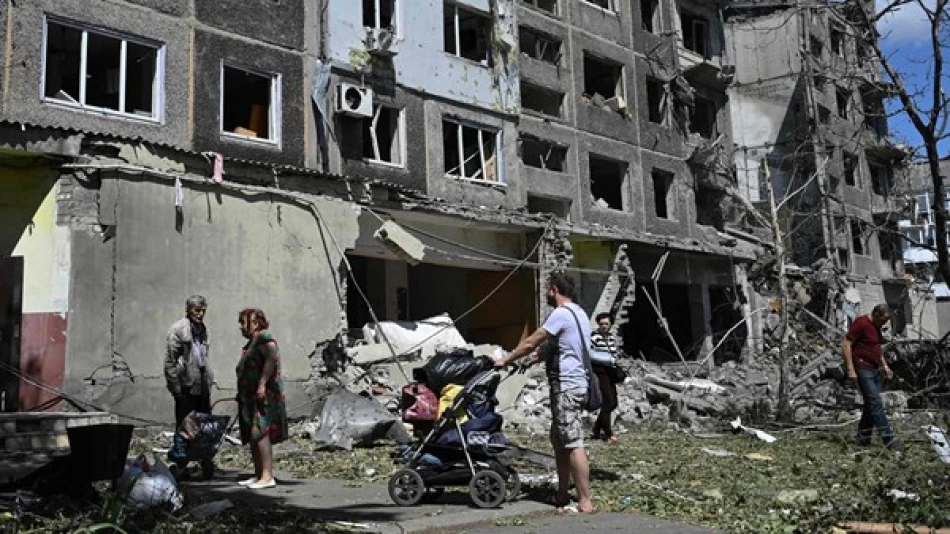
Russia Advances in Dnipropetrovsk: Gains Reported on the Ground
Russia Claims New Territorial Gains as Ukraine Fights Back in Eastern Regions
Russia's military announced the capture of another town in Ukraine's Dnipropetrovsk region on Sunday, marking continued territorial advances in the country's eastern industrial heartland. However, Ukrainian forces simultaneously reported reclaiming three villages, highlighting the fluid and contested nature of the front lines as both armies vie for strategic positioning in what has become a grinding war of attrition.
The Chess Match for Eastern Ukraine
The Russian Defense Ministry's claim of capturing the town of Velyka Novosilka in Dnipropetrovsk represents more than just another dot on the map. This region serves as a crucial buffer zone protecting Ukraine's vital industrial infrastructure and supply routes. Russian forces have been methodically advancing westward from their strongholds in the Donbas, announcing daily captures of villages and towns in what appears to be a deliberate strategy to expand their territorial control beyond the original conflict zones.
Moscow's push into Dnipropetrovsk signals an escalation in territorial ambitions. Unlike the Donetsk and Luhansk regions, which Russia has claimed as independent republics since 2014, Dnipropetrovsk was firmly under Ukrainian control before the 2022 invasion and houses critical industrial facilities that both sides recognize as strategically vital.
Ukraine's Counter-Strategy Takes Shape
Ukrainian Commander-in-Chief Oleksandr Syrskyi's announcement of recapturing three villages—Mykhailivka, Zelenyi Hai, and Volodymyrivka—reveals Kyiv's tactical response to Russian advances. Rather than defending every position at all costs, Ukrainian forces appear to be executing calculated withdrawals followed by targeted counter-offensives aimed at disrupting Russian supply lines and preventing consolidated control.
The Pokrovsk Factor
Two of the reclaimed villages lie near Pokrovsk, a town that has endured months of intense fighting. This location choice isn't coincidental—Pokrovsk serves as a critical logistics hub for Ukrainian operations in the region. By maintaining pressure around this area, Ukrainian forces can potentially threaten Russian advances deeper into Dnipropetrovsk while protecting their own supply networks.
Strategic Implications for the Broader Conflict
The simultaneous advance and retreat pattern emerging in eastern Ukraine suggests both militaries are adapting to the realities of a prolonged conflict. Russia's methodical village-by-village approach mirrors tactics used in previous campaigns, prioritizing territorial control over rapid breakthrough operations. This strategy aims to present fait accompli situations that could influence future negotiations.
For Ukraine, the selective counter-offensive approach indicates a shift toward preserving forces while maintaining the ability to contest Russian gains. This tactical evolution reflects lessons learned from earlier phases of the conflict, where costly attempts to hold every position sometimes resulted in devastating losses.
The Industrial Stakes
Dnipropetrovsk's significance extends beyond military considerations. The region houses substantial metallurgical and aerospace industries that have historically contributed significantly to Ukraine's economy. Russian control over these facilities would not only deny Ukraine important economic resources but could potentially redirect industrial capacity toward Moscow's war effort.
The ongoing territorial exchanges also demonstrate how modern warfare increasingly involves rapid shifts in local control, making civilian evacuation and humanitarian assistance increasingly complex. Each village that changes hands represents not just military positions but communities caught between competing forces, adding urgency to resolution efforts while making such resolutions more difficult to achieve.
 Layla Al Mansoori
Layla Al Mansoori







